


|
1274 |
Kublai Khan attempts to invade Japan but his fleet is repulsed in Hakata Bay and then destroyed by a violent storm. A later attempt at invasion in 1281 also ends in disaster.
|
|
1275 |
The Italian physician William of Saliceto, the most accomplished surgeon of his day, writes his medical treatise Surgery, an extensive and detailed study of human anatomy.
|
|
1276 |
Edward leads his first expedition against the Welsh. He defeats their leader but falls short of total conquest. A later campaign in 1282 completes the conquest of Wales within two years.
|
|
1282
1285 |
The Italian artist Cimabue paints his masterpiece, the huge Madonna and Child Enthroned (Maestà). Although Byzantine in style, his portrait of traditional figures shows a more lifelike quality.
|
|
1290 |
The Maid of Norway, the infant Queen of Scotland, dies on her way to her kingdom. In the power struggle that follows, Edward invades Scotland and puts John Balliol on the throne.
|
|
1291 |
The Crusades come to an end with the capture by the Mamlukes of the city of Acre, the last Christian stronghold in the Holy Land. The inhabitants are slaughtered or enslaved.
The forest cantons of Schwyz, Uri and Unterwalden form the Everlasting League to defend their liberties. This marks the beginning of Switzerland as a separate state.
|
|
1294 |
Warxbreaks out between England and France following the French seizure of Gascony, an English possession since 1152. Eventually, much of the land is regained by negotiation.
|
|
1295 |
Edward summons his Model Parliament, an assembly which includes representatives from the country’s towns and shires. It is another small step towards parliamentary democracy.
|
|
1296 |
John Balliol, king of Scotland, having rebelled against Edward, is defeated at the Battle of Dunbar. Scotland is annexed to England, but rebellion breaks out again two years later.
|
|
1298 |
Edward defeats William Wallace at the Battle of Falkirk. The Scottish spearmen are no match for the English archers and cavalry, but the fight continues in 1306. |
|
1300 |
Osman, the ruler of a small principality in
north-
Following many years of drought, the
Pueblo People of
New Mexico and Colorado abandon their cliff houses and large,
high-
|
|
1302 |
A Papal decree, Unam Sanctam, issued by Boniface VIII, declares that spiritual authority is superior to the authority of princes, but the decree has little real effect.
Following a violent uprising in Bruges, a
French army is sent to Flanders to crush the revolt, but suffers
an humiliating defeat at the so-
|
|
1306
1307 |
As legend will have it, the Swiss national hero, William Tell, is sentenced to shoot through an apple on his son's head. He does so, and then goes on to kill his Habsburg ruler, the symbol of foreign oppression.
Edward I dies while travelling north to lead yet another campaign against the Scots. He is succeeded by his son Edward II.
|
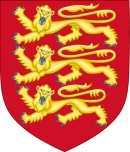






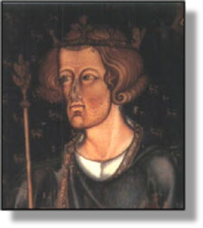 xxxxx
xxxxx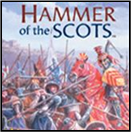 xxxxx
xxxxx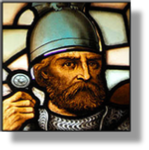 xxxxx
xxxxx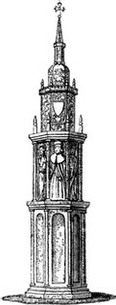 Edward
married Eleanor of Castile in 1254, and she accompanied him on his
crusade from 1270 to 1273. A devoted wife, when she died in 1290,
Edward erected the famous Eleanor Crosses at each spot where her
coffin rested on its way to Westminster Abbey. Some of the twelve
still stand. The one at Charing Cross (
Edward
married Eleanor of Castile in 1254, and she accompanied him on his
crusade from 1270 to 1273. A devoted wife, when she died in 1290,
Edward erected the famous Eleanor Crosses at each spot where her
coffin rested on its way to Westminster Abbey. Some of the twelve
still stand. The one at Charing Cross (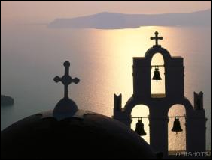
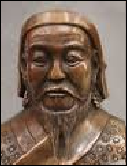 Kublai
Kublai himself
independent of the Seljuk Turks and creates the beginning of the
mighty
himself
independent of the Seljuk Turks and creates the beginning of the
mighty 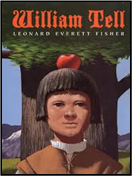 William
Wallace is captured and executed, but
William
Wallace is captured and executed, but 